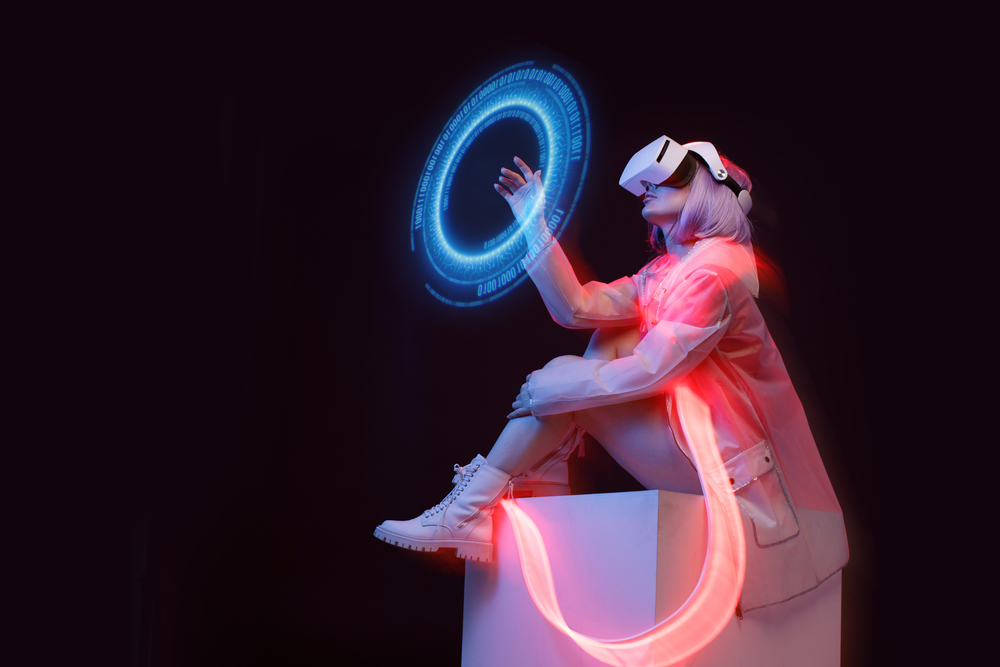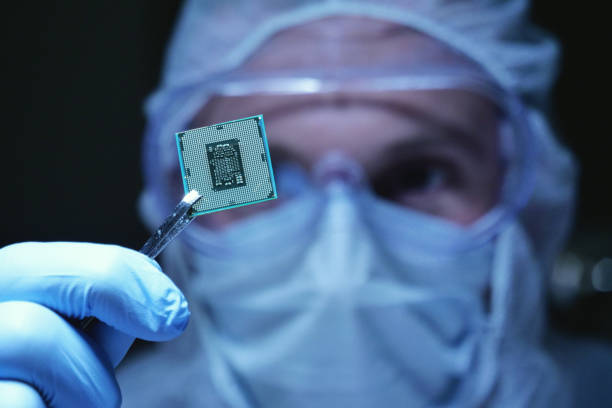Holographic Couture: Fashion's Digital Frontier
In an era where technology and creativity intertwine, the fashion industry stands on the brink of a revolutionary transformation. Holographic couture, a cutting-edge fusion of high-tech wizardry and sartorial artistry, is redefining the boundaries of fashion design and presentation. This groundbreaking approach to clothing creation not only challenges traditional notions of fabric and form but also opens up a world of possibilities for sustainable, customizable, and interactive fashion experiences. As designers and tech innovators collaborate to push the limits of what's possible, holographic couture is poised to reshape the future of fashion, from runway shows to everyday wear.

From Science Fiction to Fashion Reality
What once seemed like a distant dream from science fiction has now become a tangible reality in the world of haute couture. Holographic fashion utilizes cutting-edge projection technology, augmented reality, and smart fabrics to create garments that can change color, pattern, and even shape in real-time. This dynamic approach to clothing design allows for unprecedented levels of customization and interactivity, blurring the lines between the physical and digital realms of fashion.
The Technology Behind the Magic
At the heart of holographic couture lies a complex interplay of various technologies. Advanced projection systems, capable of rendering high-resolution 3D images, work in tandem with motion sensors and AI algorithms to create responsive, ever-changing designs. Smart fabrics embedded with microscopic LEDs or photonic crystals serve as the canvas for these digital creations, while augmented reality interfaces allow wearers and designers to manipulate the garments’ appearance with a simple gesture or voice command.
Sustainability and the Digital Wardrobe
One of the most promising aspects of holographic fashion is its potential to address the industry’s ongoing sustainability challenges. By allowing a single garment to transform its appearance infinitely, holographic couture could significantly reduce the need for physical clothing production. This digital approach to fashion not only minimizes waste and resource consumption but also offers consumers the ability to stay on-trend without constantly buying new items. The concept of a digital wardrobe, where users can purchase and collect virtual designs to project onto their smart clothing, is gaining traction among eco-conscious fashionistas and tech enthusiasts alike.
Runway Revolutions: Holographic Fashion Shows
The impact of holographic technology extends beyond individual garments, revolutionizing the very nature of fashion presentations. Holographic runway shows offer designers unprecedented creative freedom, allowing them to showcase their collections in fantastical, immersive environments that defy the laws of physics. From underwater wonderlands to futuristic cityscapes, these digital backdrops provide a captivating context for the clothing, enhancing the overall narrative and emotional impact of the collection. Moreover, holographic shows can be broadcasted globally, democratizing access to high fashion events and reducing the carbon footprint associated with international fashion weeks.
Challenges and Controversies
Despite its immense potential, holographic couture faces several hurdles on its path to widespread adoption. Technical challenges, such as ensuring consistent performance across various lighting conditions and body types, continue to vex developers. Additionally, the high cost of the technology currently limits its accessibility to only the most exclusive fashion houses and wealthy consumers. Ethical concerns have also arisen, particularly regarding data privacy and the potential for digital fashion to exacerbate body image issues through unrealistic digital alterations.
The Future of Fashion: Holographic and Beyond
As technology continues to advance at a rapid pace, the future of holographic couture looks increasingly bright. Industry experts predict that within the next decade, smart, shape-shifting clothing could become a common sight in everyday wardrobes. The integration of holographic fashion with other emerging technologies, such as brain-computer interfaces and nanotechnology, promises to unlock even more fantastic possibilities. Imagine clothes that can adapt to your mood, regulate your body temperature, or even monitor your health – all while displaying stunning holographic designs.
Embracing the Digital Fashion Revolution
For fashion enthusiasts, designers, and technologists alike, holographic couture represents an exciting frontier of creative expression and innovation. As this technology continues to evolve, it has the potential to fundamentally reshape our relationship with clothing, blending the physical and digital worlds in ways previously unimaginable. While challenges remain, the allure of a more sustainable, customizable, and dynamic approach to fashion is driving continued investment and experimentation in this field.
As we stand on the cusp of this digital fashion revolution, one thing is clear: the future of couture is holographic, and it’s set to dazzle us in ways we’ve only begun to imagine. From runway to reality, holographic fashion is not just changing what we wear, but how we think about clothing itself, promising a future where our wardrobes are limited only by our imagination.




